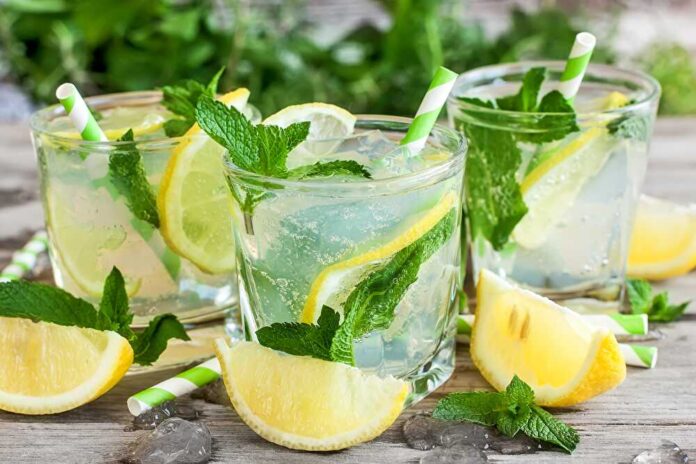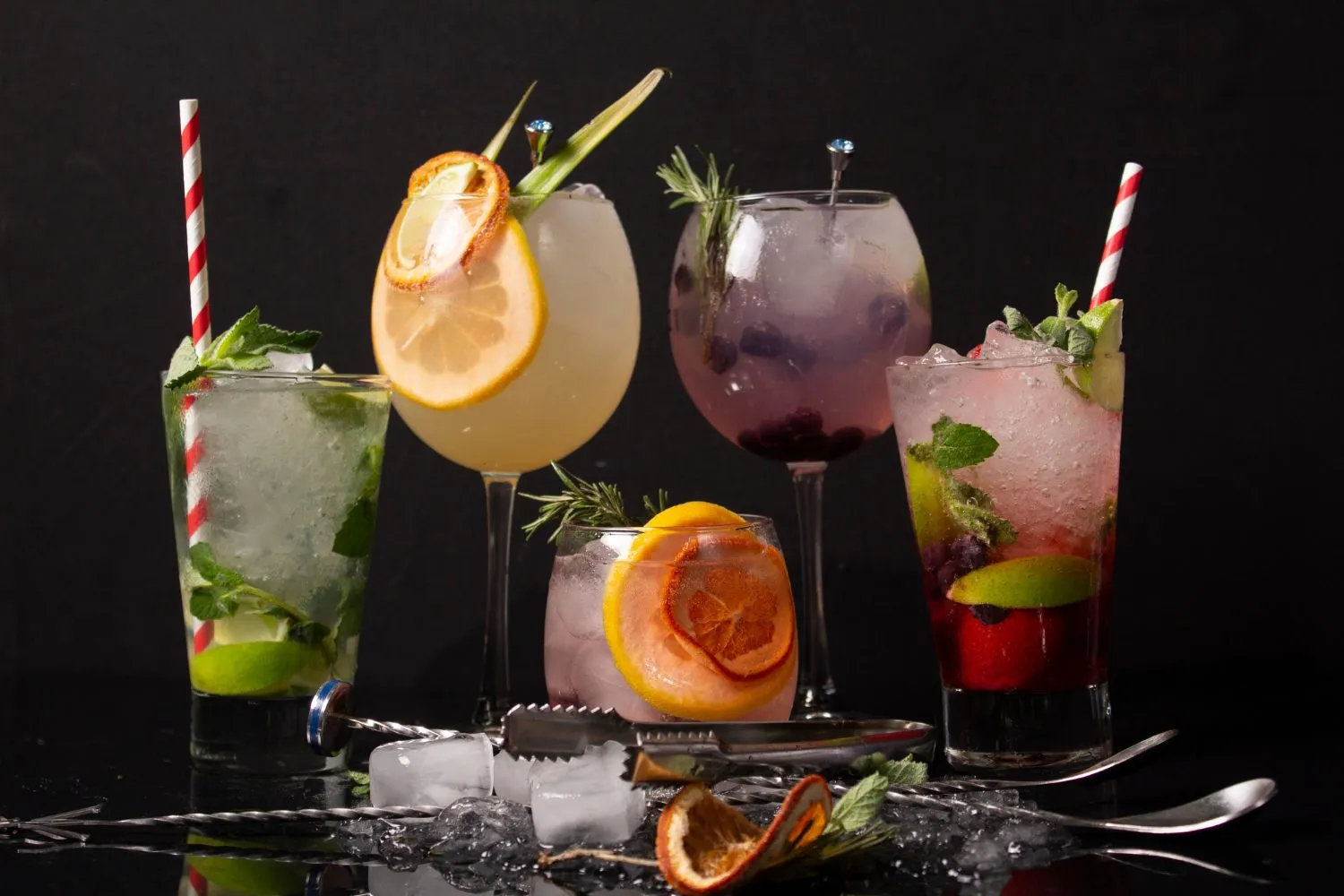Ordering a drink at a bar doesn’t always have to involve alcohol. Across the United States, non-alcohol cocktails – better known today as mocktails – have become a mainstay on menus.
The surge in mocktail popularity ties to a broader cultural shift. Younger generations, particularly Millennials and Gen Z, are more mindful about alcohol consumption.
Many want to participate in nightlife without the hangover or long-term health effects of heavy drinking. This has encouraged bartenders to take mocktail design seriously, focusing on creativity and presentation rather than treating them as watered-down sodas.
This shift has elevated mocktails into the spotlight, and certain recipes have become staples across the country.
1. Virgin Mojito ─ The Refreshing Classic
Among the most popular choices is the Virgin Mojito. It keeps the same spirit of its alcoholic sibling, lime, mint, sugar, and soda water, without the rum. This cocktail feels lively, thanks to the muddled mint and sharp citrus, and is just as refreshing at a summer rooftop bar as it is in a casual lounge.
Ingredients:
- Fresh mint leaves (muddled)
- Lime wedges or juice
- Cane sugar or syrup
- Sparkling water or soda water
- Optional: crushed ice, berries, or cucumber slices
You can even start making these at home, setting up a makeshift bar in your kitchen or backyard. With easy alcohol delivery services that also offer mixers and non-alcoholic options, hosting your own cocktail night becomes both simple and fun. It’s a great way to recreate the bar experience while keeping things light and inclusive.

2. Shirley Temple ─ A Sweet Staple
The Shirley Temple is one of the longest-standing non-alcohol cocktails in American culture. Traditionally made with ginger ale or lemon-lime soda, grenadine, and garnished with a maraschino cherry, it’s sweet, nostalgic, and approachable for all ages.
Ingredients:
- Ginger ale or lemon-lime soda
- Grenadine syrup
- Ice cubes
- Garnish: maraschino cherry or orange slice
3. Virgin Mary ─ A Bold Option Without the Vodka
A close cousin to the Bloody Mary, the Virgin Mary brings all the savory spice without the alcohol. Built with tomato juice, lemon, Worcestershire sauce, hot sauce, celery salt, and pepper, it appeals to those who prefer bold flavors instead of sweetness.
Ingredients:
- Tomato juice
- Lemon juice
- Worcestershire sauce
- Hot sauce
- Celery salt and black pepper
- Garnish: celery stick, pickle spear, or olives
4. Nojito and Other Creative Variants
The Nojito, a playful twist on the Mojito, takes the concept even further. Bartenders often experiment with herb and spice infusions, such as rosemary or lavender, to elevate the drink. In upscale bars, mocktails are built with as much attention to balance, aroma, and garnish as any signature cocktail.
Ingredients:
- Mint leaves
- Lime juice
- Soda water
- Herbal additions (lavender, rosemary, or thyme)
- Garnish: lime wheel or sprigs of herbs
5. Fruit-Forward Mocktails ─ Seasonal Favorites
Another growing trend in US bars is using seasonal produce to craft fresh non-alcohol cocktails. These fruit-forward mocktails often include muddled berries, citrus, tropical fruits, or even stone fruits, combined with sparkling water or tonic.
Popular examples and ingredients:
- Strawberry Basil Lemonade ─ fresh strawberries, basil, lemon juice, honey, water
- Mango Mule ─ mango puree, ginger beer, lime juice
- Cucumber Cooler ─ cucumber slices, mint, lime juice, sparkling water
By using high-quality ingredients, these drinks are often indistinguishable from their alcoholic counterparts in terms of complexity.
Regional Preferences in US Bars
Interestingly, preferences for non-alcohol cocktails can vary by region. On the West Coast, bartenders lean toward fruit-heavy and tropical recipes, reflecting California’s produce culture. In the South, sweeter mocktails often win favor, with peach, sweet tea, and berry bases being common. Meanwhile, in big cities like New York or Chicago, mocktails often mirror the sophistication of craft cocktail menus, focusing on complex spices and unique presentations.
This regional variation shows that non-alcohol cocktails are not just a national trend, but a versatile category that adapts to local tastes.
Conclusion ─ More Than Just Alternatives
The most popular non-alcohol cocktails in US bars, Virgin Mojito, Shirley Temple, Virgin Mary, and creative fruit-based recipes, showcase how the industry has embraced inclusivity and innovation. These drinks are not afterthoughts but fully developed creations that match the social and sensory experience of alcohol-based cocktails.
Mocktails are here to stay, and their rise reflects a broader shift in how Americans enjoy nightlife and dining. They prove that enjoying a drink is not about alcohol content, but about flavor, atmosphere, and connection.







